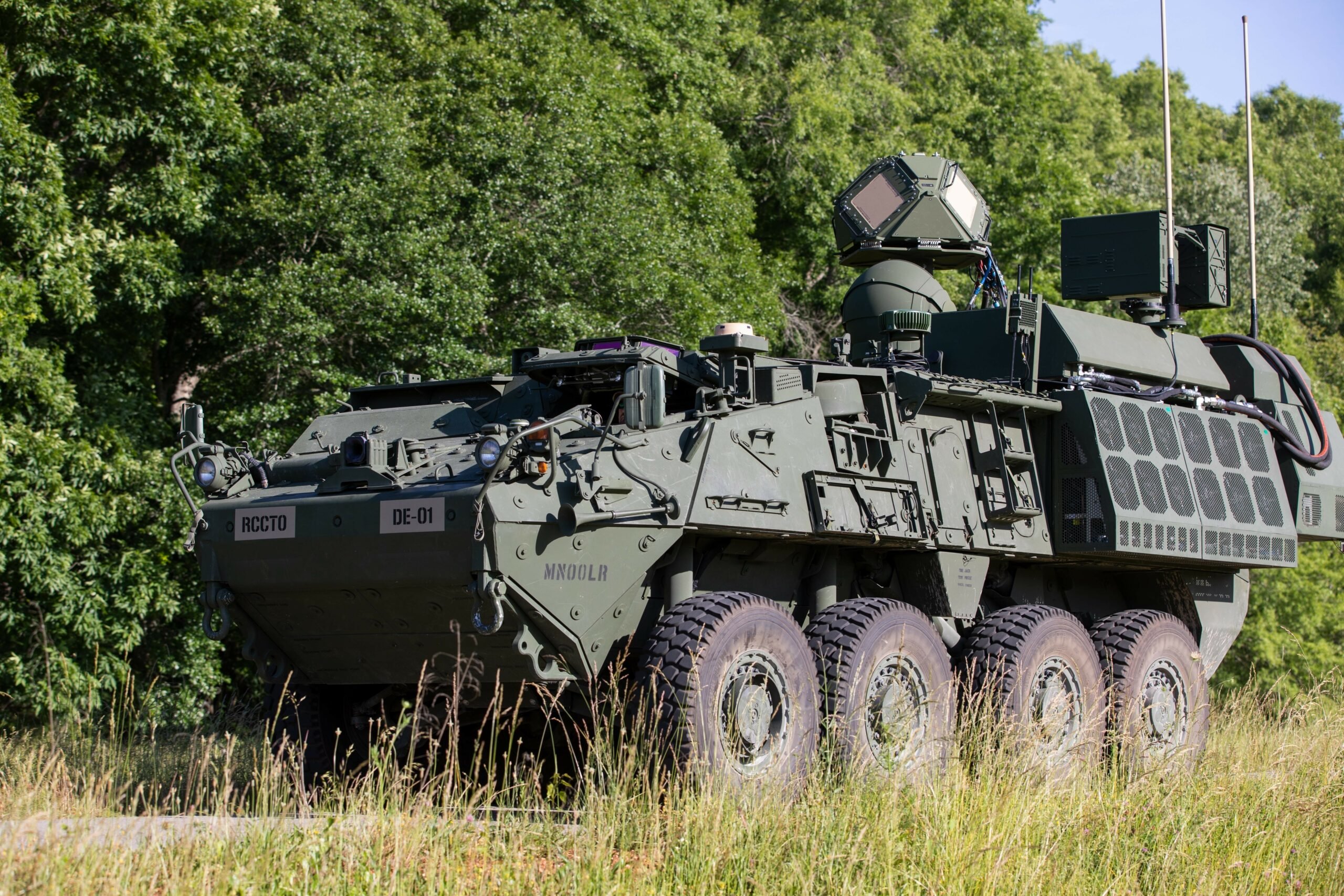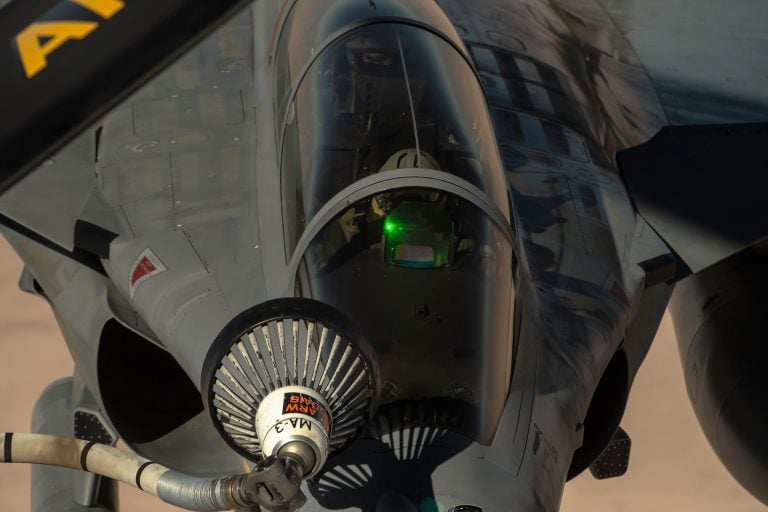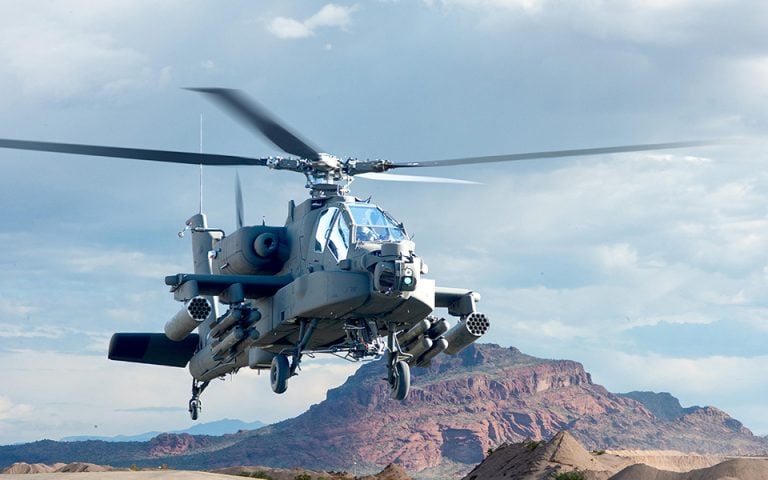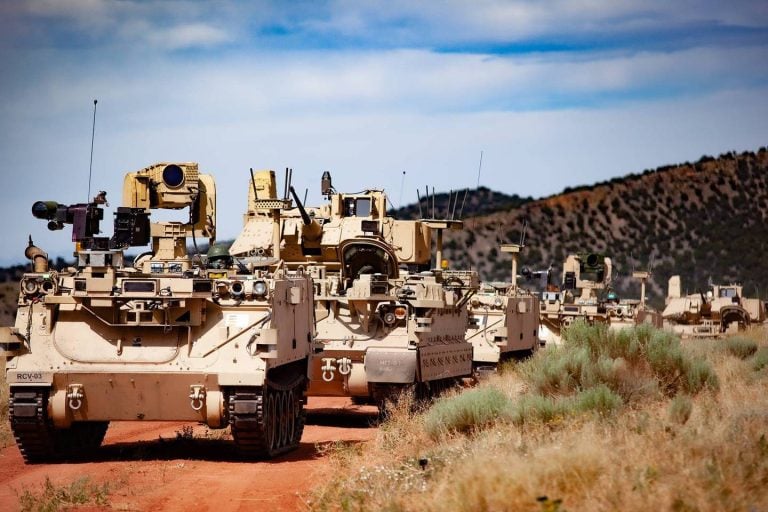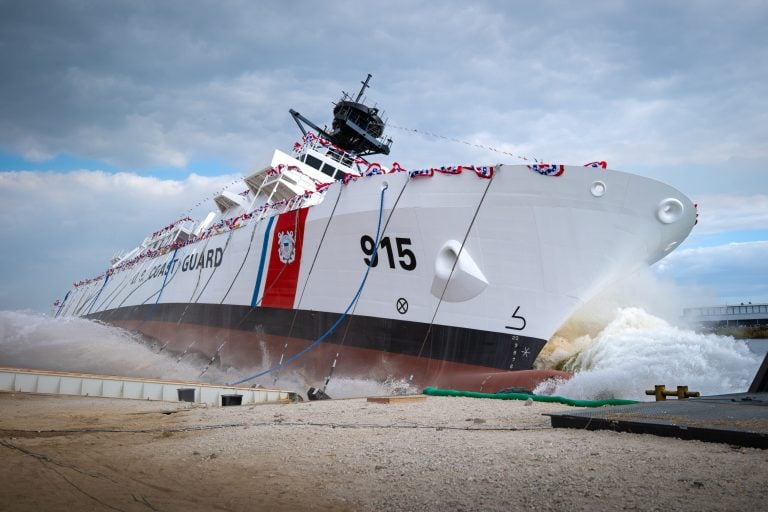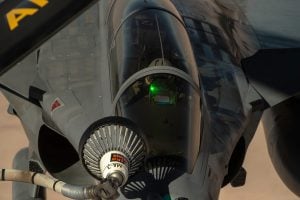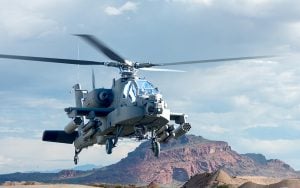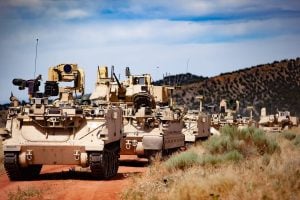General Dynamics Land Systems (GDLS) is embarking on a project to enhance the armor protection of the US Army’s Stryker armored fighting vehicle. This initiative is part of a broader effort to improve the safety and resilience of the platform against evolving threats in modern warfare.
Over the next six months, GDLS will conduct a comprehensive functional review of the technology specifically on a Stryker platform. This assessment will utilize armor designs, integration schemes, and durability test data provided by the DEVCOM Ground Systems Center (GVSC). The undertaking is integral to the GVSC’s Stryker Enhanced Armor (SEA) program, aimed at developing advanced armor kits that elevate the defensive capabilities of the vehicle.
The SEA program is designed to significantly enhance force protection for Stryker units, as well as to address threats from active protection system engagement residuals. Josh Peterson, the deputy associate director for Survivability and Protection at GVSC, emphasized the importance of the program in maintaining the Stryker’s competitiveness in the field.
In fiscal year 2023, the management of the SEA program transitioned from GVSC to the Product Manager Vehicle Protection Systems (VPS). This shift aligns technological advancements with the needs of the warfighter, moving innovations from the research and development phase into operational use. As the program entered the current fiscal year, it was further transferred to the Project Manager Stryker Brigade Combat Team, which subsequently issued a work directive contract to GDLS for the integration of the enhanced armor onto upcoming Stryker models.
Brad Monhaut, the VPS Product Manager, noted the importance of this alignment between science and technology efforts and the acquisition community. According to Monhaut, such synchronization is crucial for rapidly delivering modern capabilities to soldiers operating on the frontlines. This initiative underscores the commitment to providing US Army personnel with the most advanced protective measures available, ensuring their safety and effectiveness during missions.
